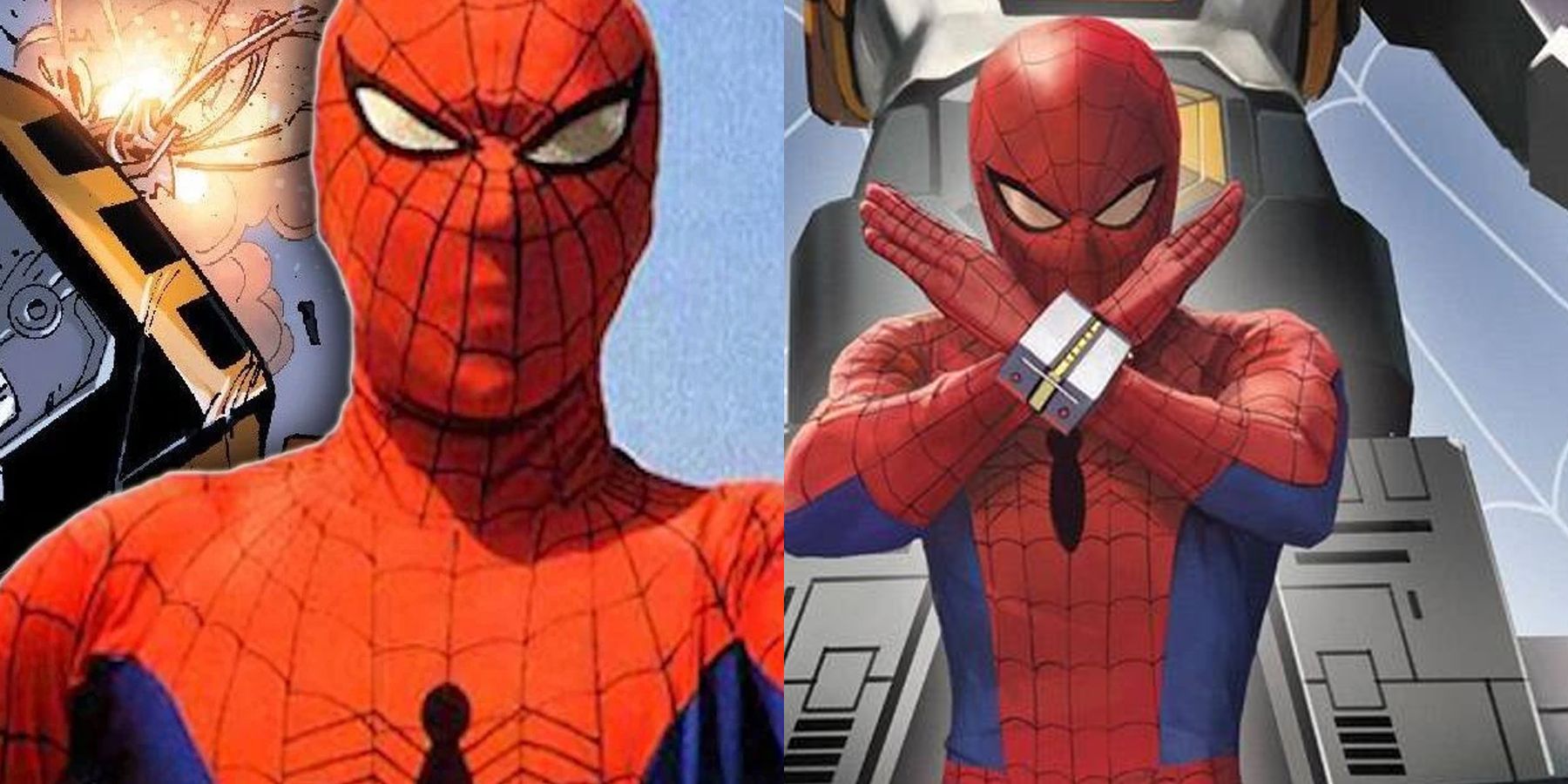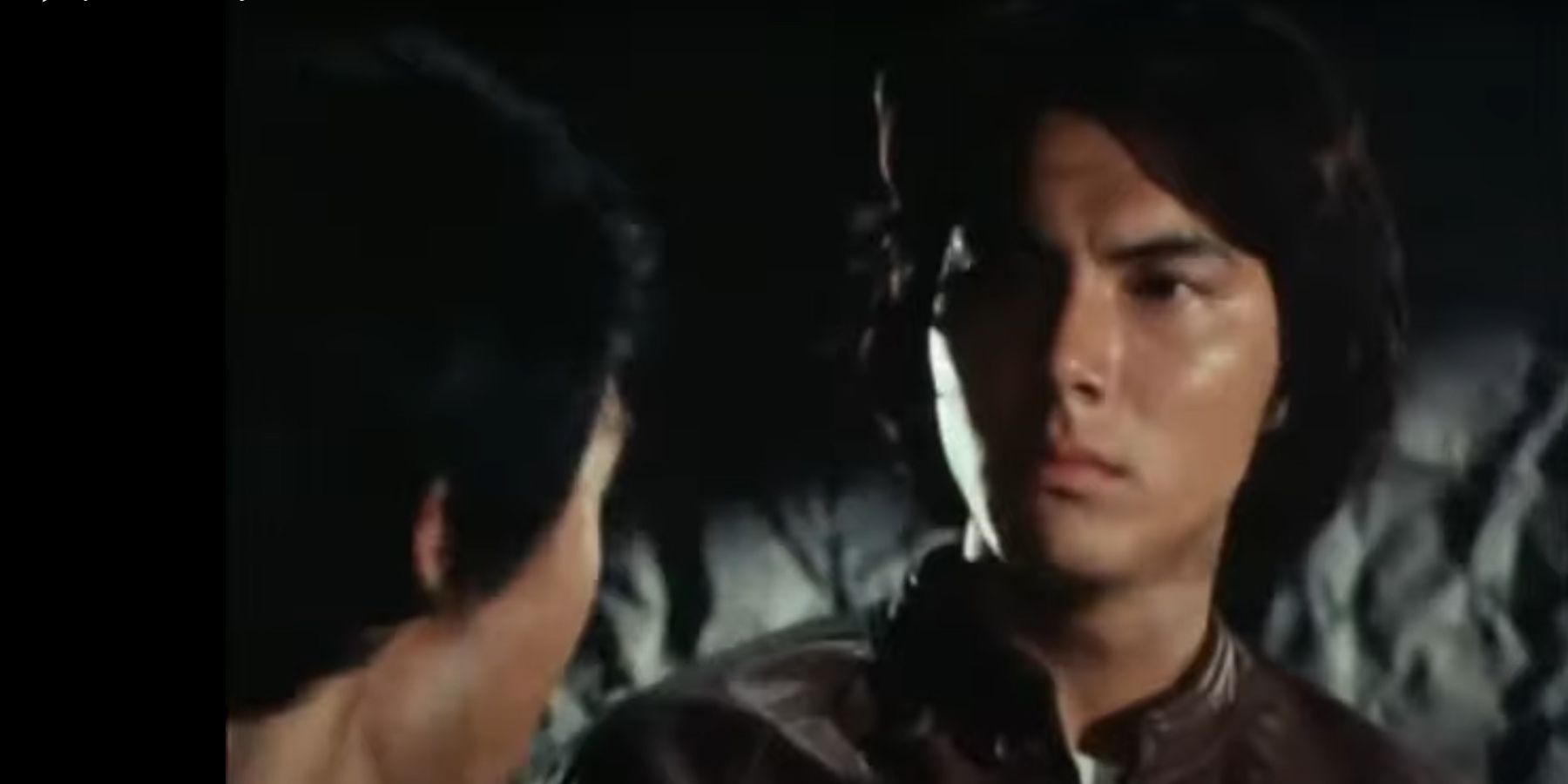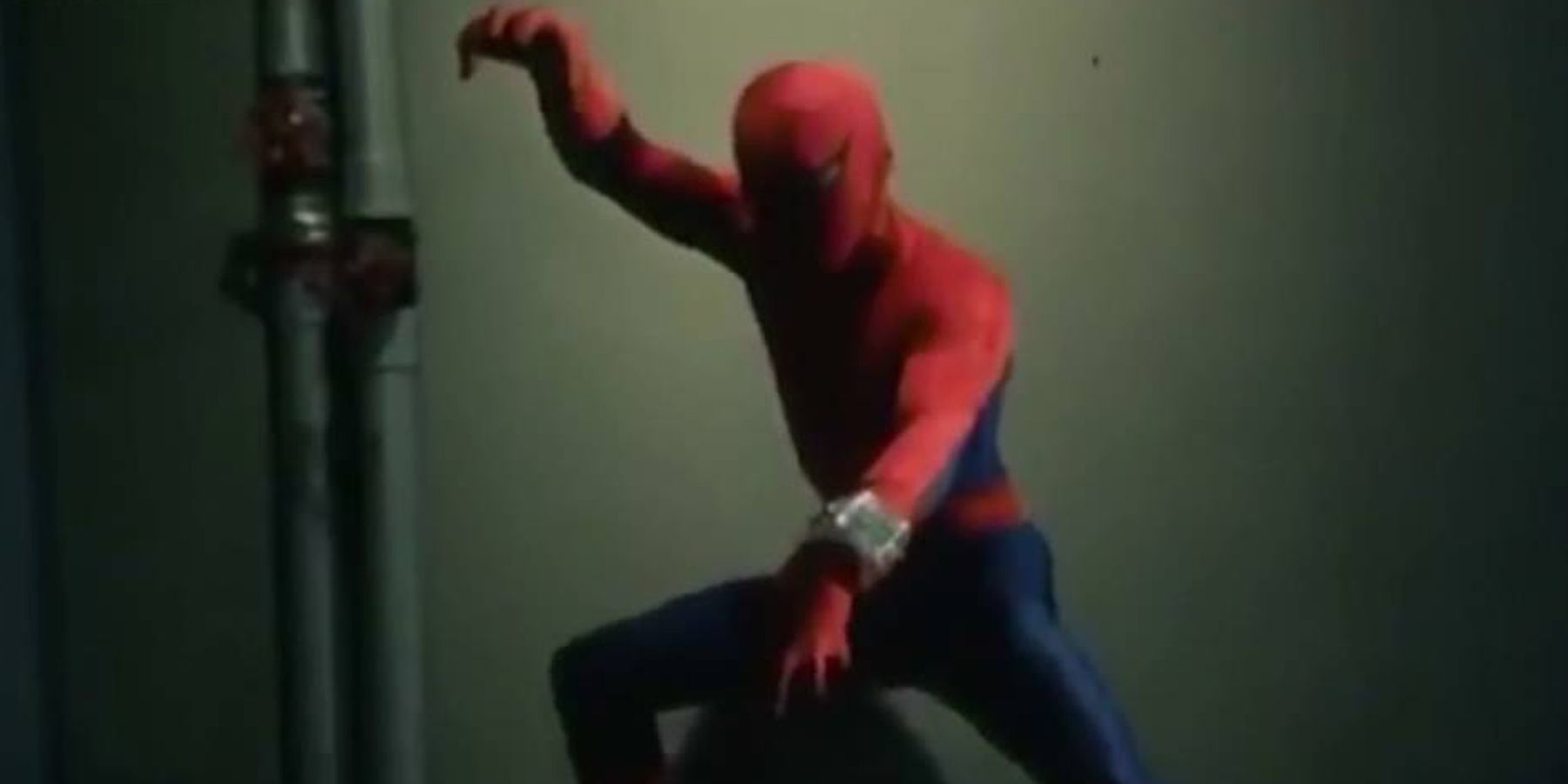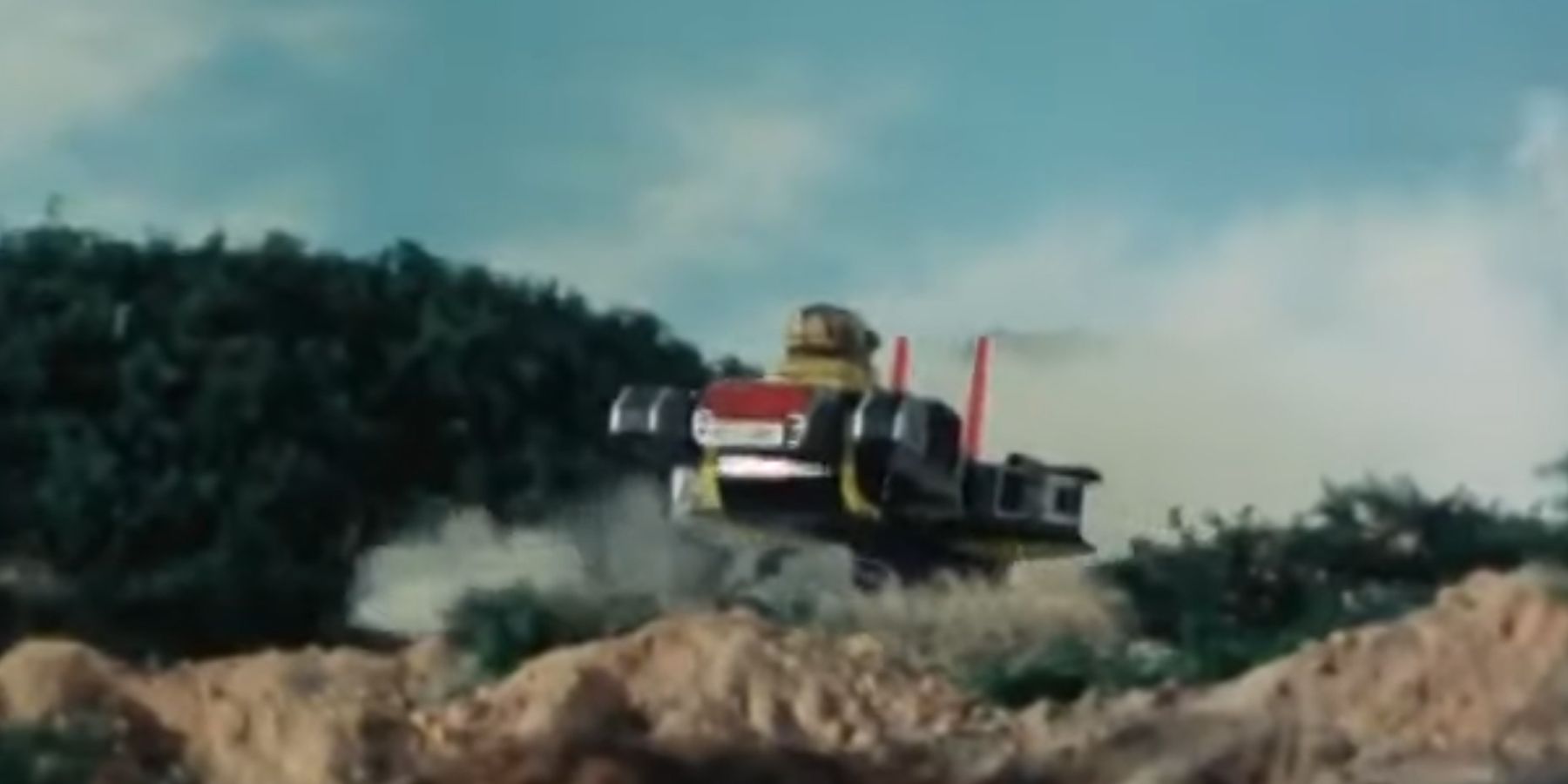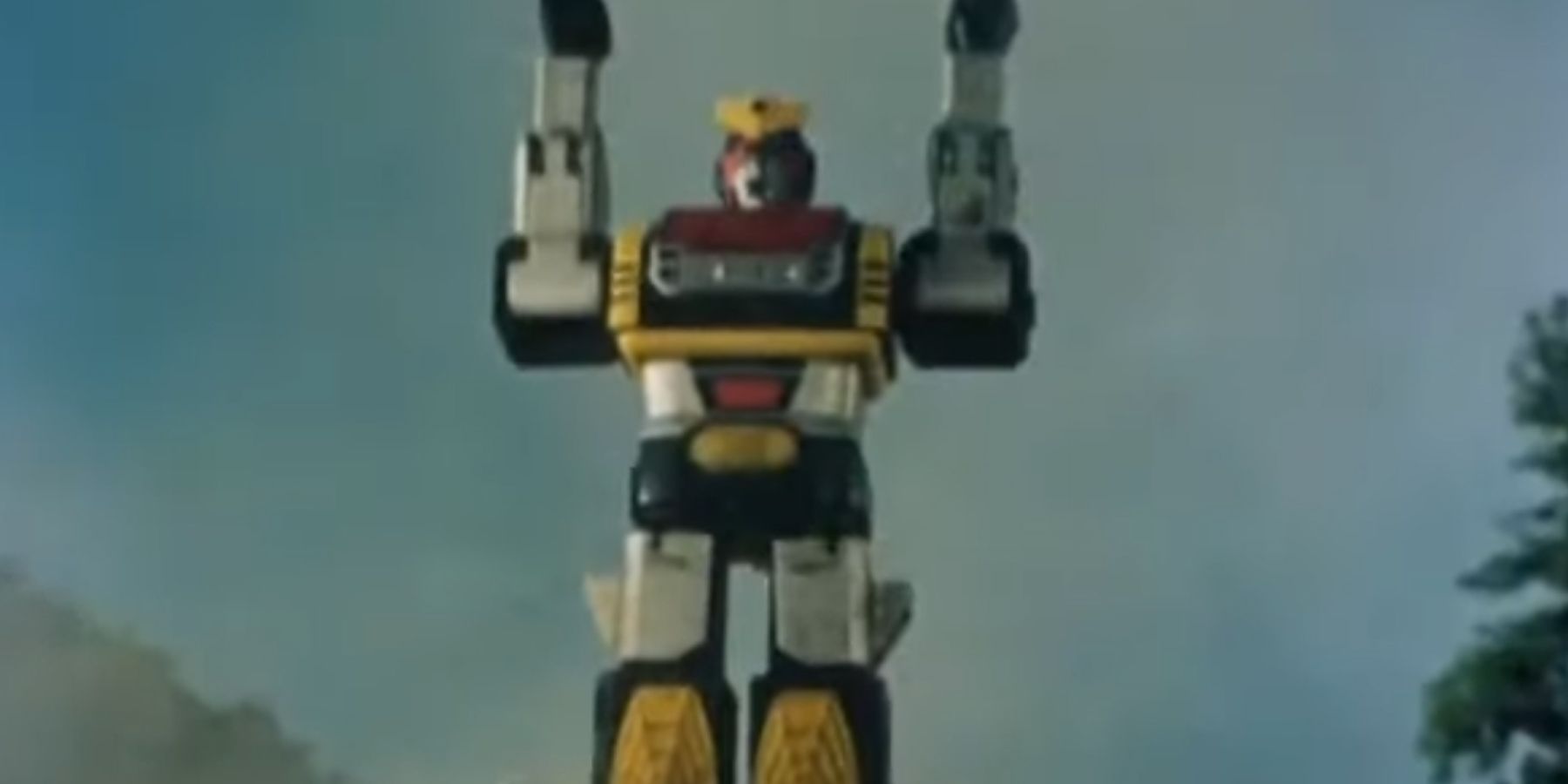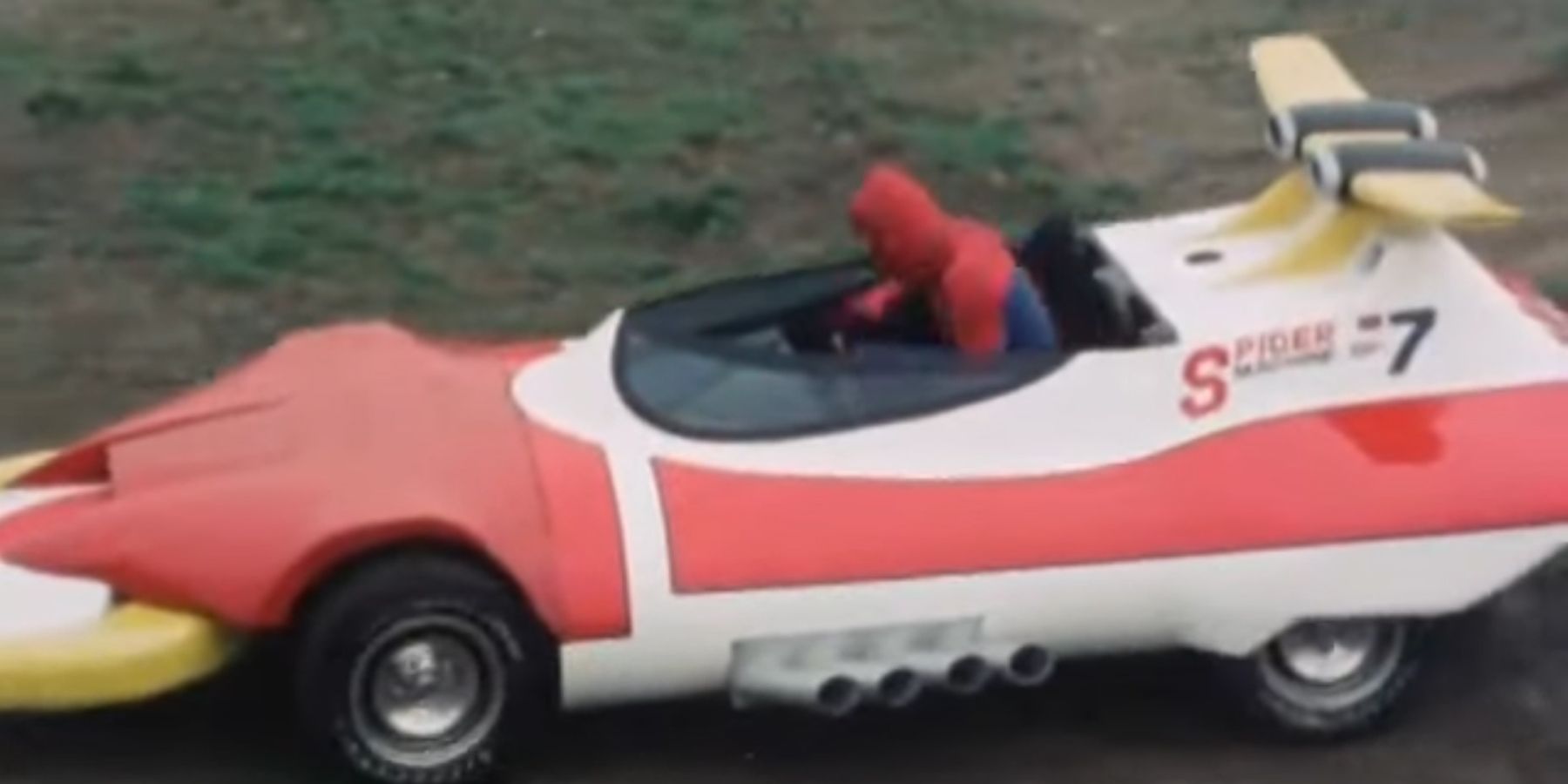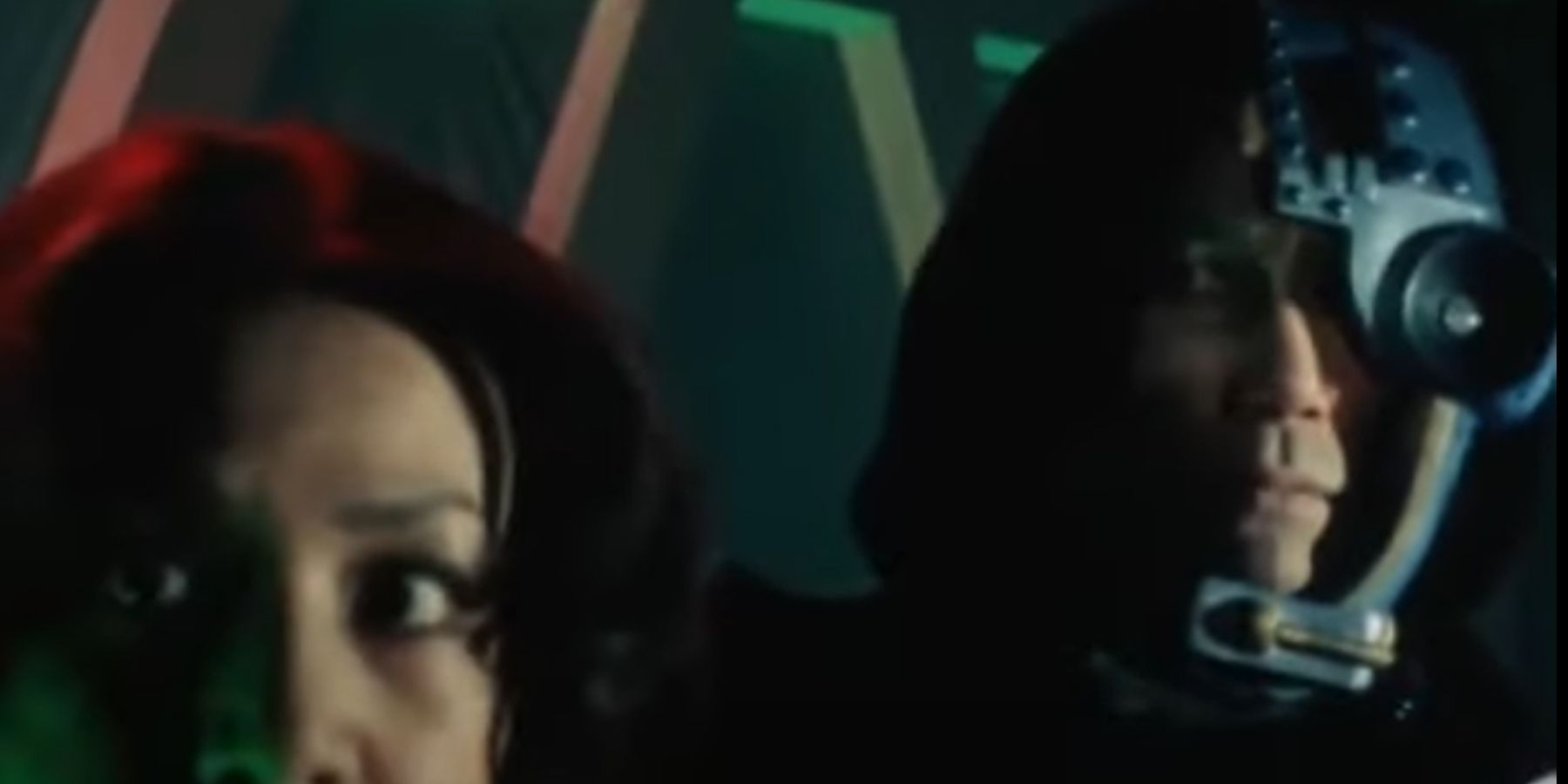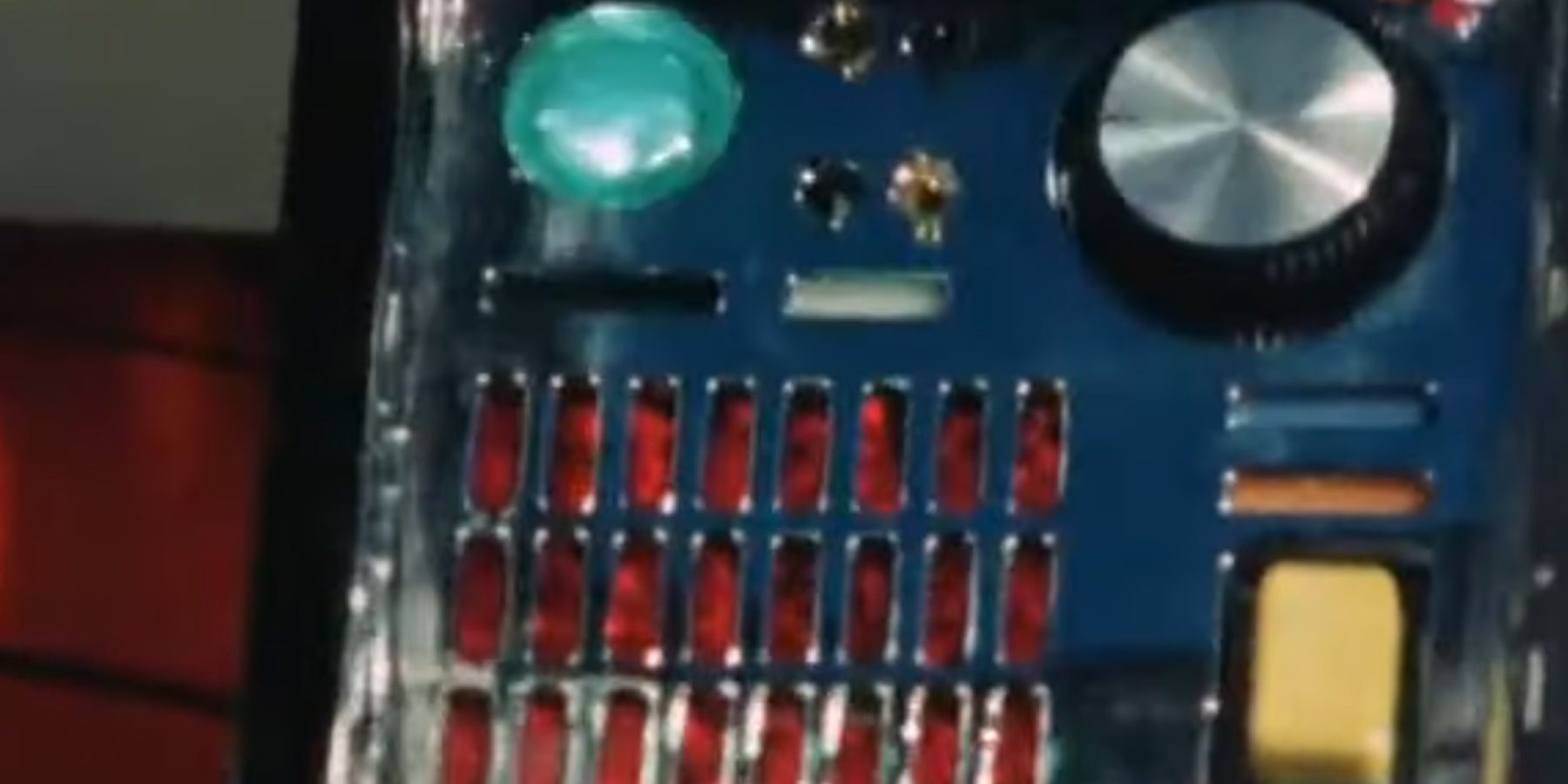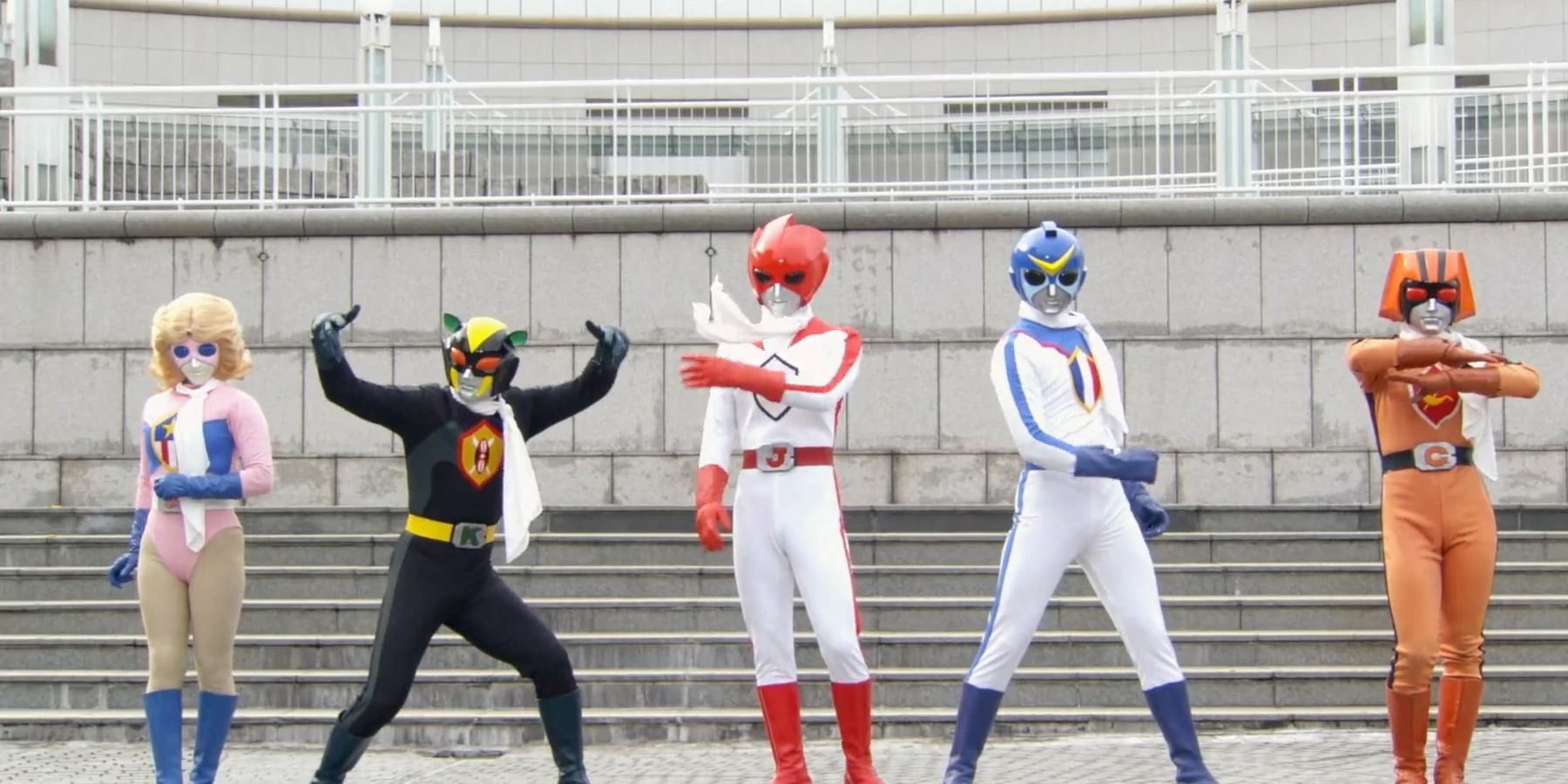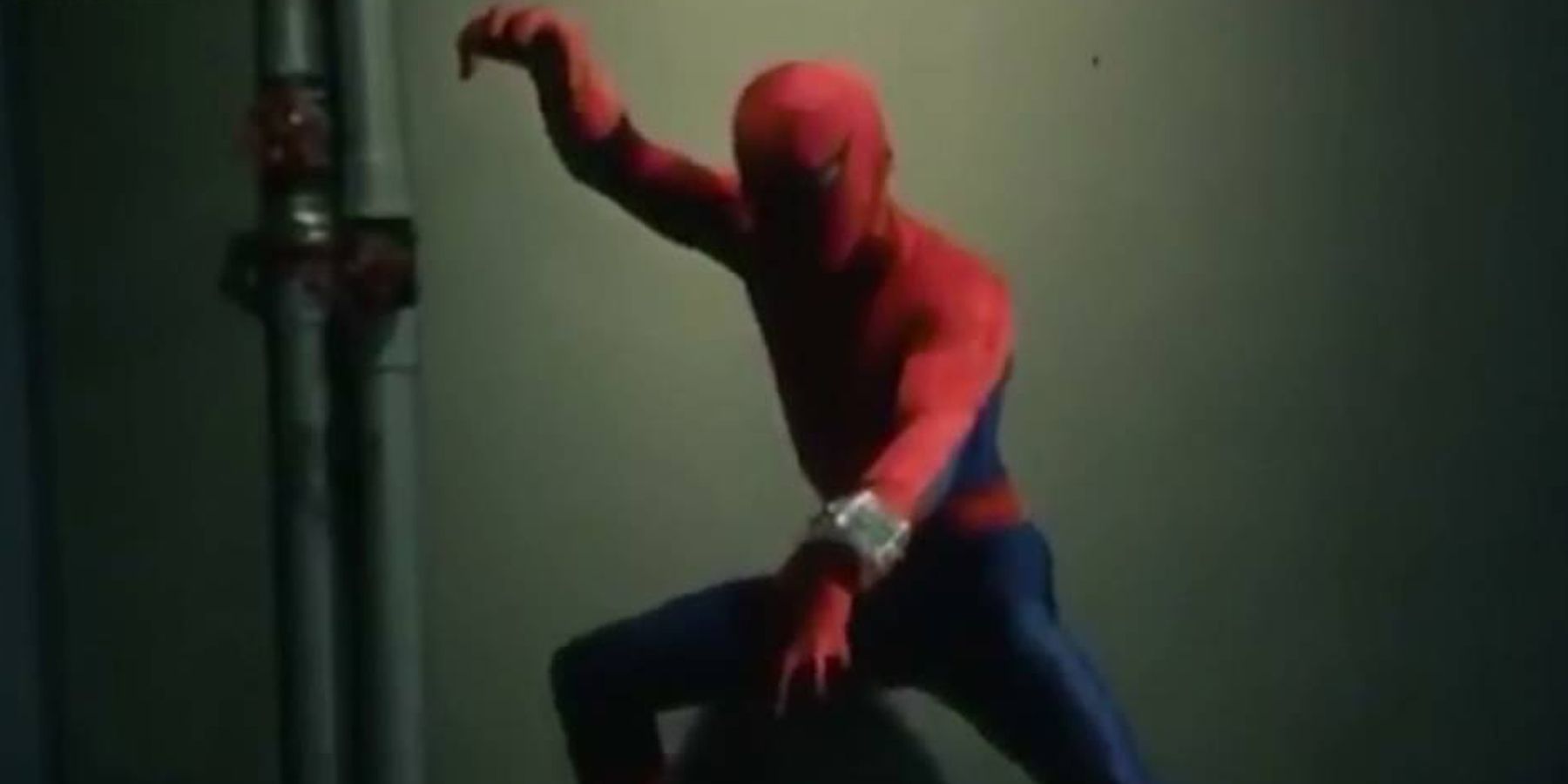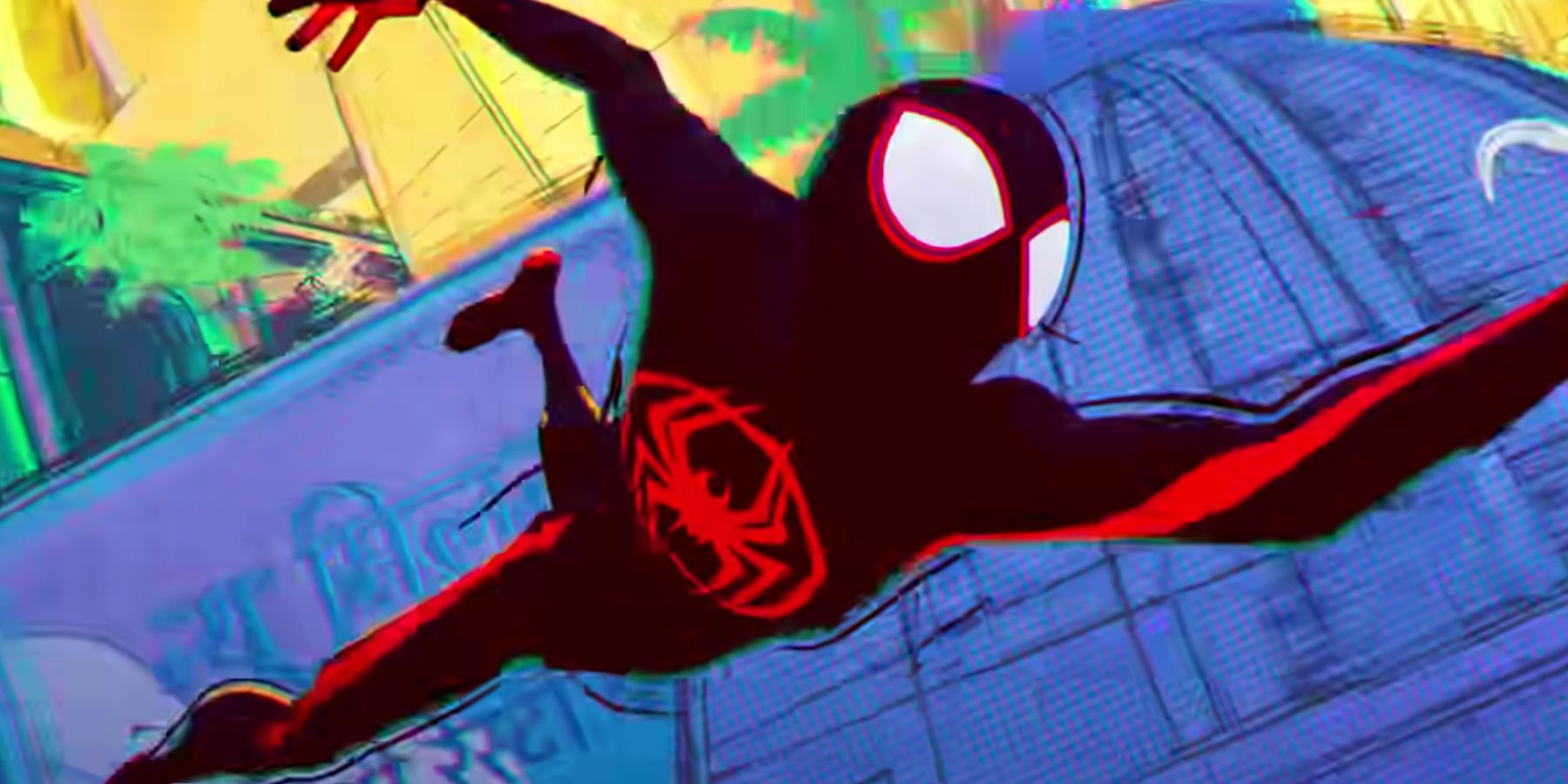Thanks to Spider-Man: Into The Spider-Verse and Spider-Man: No Way Home, fans of Spider-Man can finally see him teaming up with various versions of himself to stop various forms of multiverse threats. And while both films tackle the Marvel superhero in different media, one thing remains the same: where on Earth did the Japanese Spider-Man go?As fans of the web-slinger know, Japan released its own version of Spider-Man in the form of a 1978 series, complete with his own rogue’s gallery and even a mecha! However, it’s only until now that Marvel fans finally got to bring Japanese Spider-Man out of obscurity. For newcomers to the tokusatsu version of the Marvel superhero, just what are some must-know things about Japanese Spider-Man?
10 Enter Takuya Yamashiro
Unlike most depictions of Spider-Man that involve Peter Parker, the 1978 Japanese Spider-Man is a motocross racer named Takuya Yamashiro. When his father, a space archaeologist, is killed after approaching a mysterious UFO, Takuya swears vengeance upon his killer - Professor Monster, and the leader of the intergalactic Iron Cross Army.
Interestingly enough, the deviation from Peter Parker doesn’t just end with this rather peculiar space story. Takuya didn’t become Spider-Man by accident, but rather with a chance encounter with Garia, the last survivor of Planet Spider. Takuya meets Garia in the Marveller, the same ship his father discovered. After Garia injects Takuya with some of his blood, Takuya starts developing spider-like powers.
9 Does Whatever A Spider Can
In the popular Spider-Man theme song, it’s said that Spider-Man can do “whatever a spider can,” but this isn’t necessarily the case with Peter Parker, given that he has other weird sets of abilities unique to him. However, this song line is much more accurate towards Takuya Yamashiro’s version of Spider-Man.
At its core, Takuya has the same core powerset as Spider-Man, such as sticking to walls and climbing up them, generating webs, and even detecting enemies with his Spider-Sense. However, he now has a sensitivity towards cold, something Spider-Man doesn’t but is something normal spiders have.
8 Everything Is Alien With Marveller
When Takuya starts developing spider-powers, he doesn’t make the iconic costume on his own. Interestingly enough, when Garia met Takuya for the first time, he also entrusted Takuya with the mission of continuing his fight against Professor Monster. To do this, Garia also entrusts Takuya with complete control over the Marveller, his ship that may also have been named after Marvel Comics.
Through Garia’s alien tech, Takuya now possesses the Spider Bracelet that summons his costume, the Spider-Protector. The bracelet can also shoot web lines, much like Spider-Man’s web-shooters, and even summon the Marveller ship.
7 Spider-Man Goes Toku In Leopardon
Unlike Marvel’s Spider-Man, the Japanese Spider-Man is regularly seen fighting all sorts of alien threats. Unfortunately for the latter, these alien threats also summon gigantic forms after they’re defeated for the first time. Thankfully, Takuya can summon the Marveller ship with his bracelet and have it transform into a fighting robot named Leopardon.
This robot-summoning trope is a common theme among tokusatsu shows in Japan, particularly within the Space Sheriff and the Ultraman series. However, unlike Ultraman that has its host become gigantic on the get-go, or with the Space Sheriffs summoning a robot mostly to provide support, Spider-Man’s Leopardon comes from a single ship and has an active role in episodes.
6 Another Spider-Mobile
Fans of Spider-Man know that the web-slinger had at some point a handy vehicle called the Spider-Mobile, akin to Batman’s Batmobile. The original Spider-Mobile was a promotional car lent to Spider-Man, with another prominent version made by Parker Industries but with more features.
Interestingly enough, Japanese Spider-Man also has his own version of the Spider-Mobile, called the Spider Machine GP-7. This is a flying car with missile launchers and a machine gun, which Spider-Man often uses against the Ninders. This car is often stored inside the Marveller.
5 Adaptation With A Tokusatsu Spin
A lot of new elements in Japanese Spider-Man come from the fact that it is a tokusatsu show, which refers to the genre of Japanese media that heavily uses special effects. With regards to Japanese Spider-Man, toku fans would easily notice a classic 70s to 80s toku trope of Takuya being “a motorcycle-riding hero wielding strange powers against an intergalactic threat.”
In the Japanese Spider-Man, the Iron Cross Army is another version of the classic toku trope of alien villains. Moreover, instead of his usual Sinister Six, Takuya’s Spider-Man has enemies in the form of Amazoness, Bella and Rita, the Ninder minions, and monsters of the week in the form of Machine Bem.
4 Equally Missing Some Toku Traditions
Oddly enough, despite toku elements being present in Japanese Spider-Man, the series also lacks some notable toku elements. One characteristic of toku shows that Japanese Spider-Man lacks is a signature move - something other popular toku franchises like Kamen Rider have, in the form of the classic Rider Kick.
Moreover, it’s also revealed that the Spider-Bracelet doesn’t have any toy versions during the show’s run, unlike other toku shows that often release toys in conjunction with their airing. In fact, even other media and the adaptation eliminated the Spider-Bracelet entirely. A toy version of the Spider-Bracelet would only appear in the “Soul of Chogokin GX-33R Leopardon” set, released in 2020.
3 May Have Helped Jumpstart The Entire Super Sentai Series
Japanese Spider-Man’s story isn’t supposedly going to end in his TV series, as a sequel to his story was set to appear in Battle Fever J. As toku fans know, Battle Fever J is the third Super Sentai (the basis of the Power Rangers) series and is the first to use the “Super Sentai” moniker. The team’s trump card was the Battle Fever Robo, a mecha designed to eliminate giant monsters.
Interestingly enough, this “giant mecha” trope has come from Japanese Spider-Man, whose Leopardon concept became a hit to fans. Moreover, the Battle Fever J series is in fact a collaboration between Marvel and Toei, with Toei having designed suits for a Moon Knight and 3-D Man spinoff but were ultimately canceled. Additionally, Marvel even has a universal designation for Battle Fever J’s world, which the comics declared is set in Earth-79203.
2 About That Pose Rumor
While Japanese Spider-Man isn’t widely known in the global market, it certainly made a mark among Japanese audiences who watched it before that also read Marvel comics. Interestingly enough, there appears to be a rumor on the Japanese internet that Marvel’s Spider-Man looked at Japanese Spider-Man’s forward-facing pose as an inspiration for one of the character’s iconic spider-poses.
However, the above source also clarified that there’s a statement on Toei’s part revealing that the rumor is false and that the forward-facing pose is something inspired by a frame in an older Spider-Man comic.
1 Eventually Makes His Way Into The Spider-Verse
In the Spider-Verse comics, the Japanese Spider-Man actually appeared more as a cameo, given Marvel’s lack of permission to use the character. In fact, Toei Company initially asked Marvel not to use the Japanese Spider-Man in the comics again, only relenting when they realized the critical acclaim Japanese Spider-Man had to Japanese fans. This fact is all the more exciting, considering Japanese Spider-Man cast of Across The Spider-Verse (Part One).
Interestingly, Peter Parker acknowledges Takuya more than just for his skills. In the comics, Peter Parker said Takuya had a strong sense of being a Spider-Totem, which the Spider-Man lore explains as “avatars” with arachnid powers that Great Totems within the Web of Life and Destiny often use to express their will.
Spider-Man: Across the Spider-Verse (Part One) will premiere on October 7, 2022.




